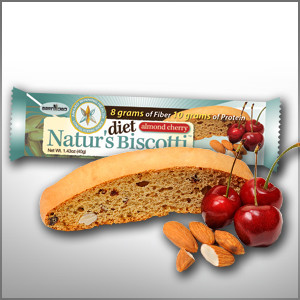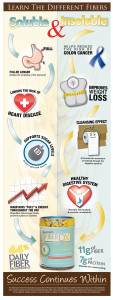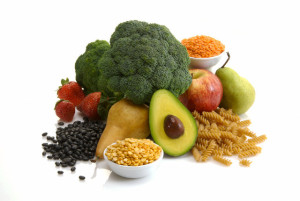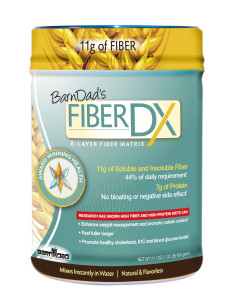
TUESDAY, June 5 (HealthDay News) — Teens who eat a low-fiber diet are at increased risk for heart disease and diabetes, a new study suggests.
Researchers looked at 559 teens, ages 14 to 18, in Augusta, Ga., and found that they consumed an average of about one-third of the daily recommended amount of fiber. Only about 1 percent of the teens met the recommended daily fiber intake of 28 grams for females and 38 grams for males.
Teens who didn’t eat enough fiber tended to have bigger bellies and higher levels of inflammatory factors in their blood. Both of those conditions are major risk factors for cardiovascular disease and diabetes, the Georgia Health Sciences University researchers said.
While the study found an association between low-fiber diets and teens having these risk factors, it did not prove a cause-and-effect relationship.
The study, released June 1 in the Journal of Clinical Endocrinology and Metabolism, also found that a low-fiber diet was associated with higher levels of overall body fat in females, but not in males.
“The simple message is adolescents need to eat more fruits, vegetables and whole grains,” study co-first author and bone biologist Dr. Norman Pollock said in a university news release. “We need to push recommendations to increase fiber intake.”
High-fiber foods include grain, cereals, legumes, and certain fruits and vegetables (when not overcooked), according to the American Academy of Pediatrics.
A better understanding of the relationships and risks of diet, lack of exercise and obesity in children and teens is particularly important at a time when about one-third of youngsters in the United States are overweight or obese, the researchers said.
However, they noted that getting teens to eat more fiber can be difficult because they have a preference for processed foods, and the side effects of eating more fiber can include intestinal gas, bloating and diarrhea.
More information
The American Academy of Pediatrics has more about the importance of fiber in a teen’s diet.
Copyright © 2012 HealthDay. All rights reserved.
Read the article at: http://tinyurl.com/7vmm8vl











